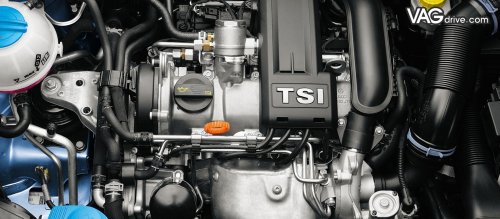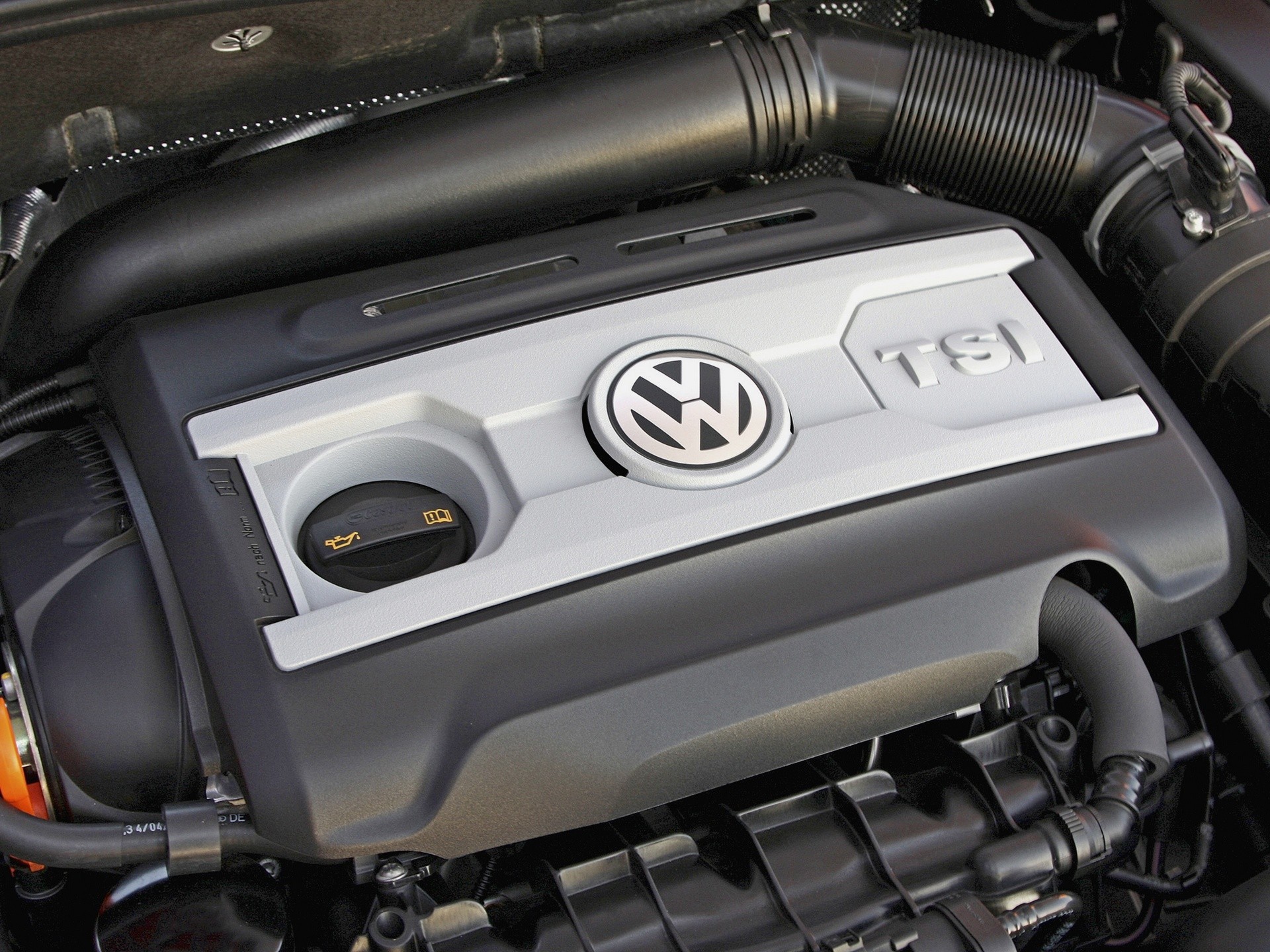
Volkswagen 1.2 TSI engine - new engine and its malfunctions. Check out how he feels years later!
Content
It was 1994 when the 1.6 MPI unit was launched. However, over time, it became known that emission standards and the direction of downsizing would require the development of new units. It was under such conditions that the 1.2 TSI engine was born. What is worth knowing about it?
Volkswagen 1.2 TSI engine - basic technical data
The basic version of this unit is an aluminum 4-cylinder design with an 8-valve head, designated EA111. Equipped with a turbocharger and (as it turned out) a problematic timing chain. It develops power from 86 to 105 hp. In 2012, a new version of this engine appeared with the EA211 index. Not only was the timing system changed from chain to belt, but also a 16-valve cylinder head was used. The charging system and temperature control have also been changed. The 1.2 TSI unit after the changes can be recognized by opening the hood - it has 3 resonators on the air intake pipe. It generates a maximum of 110 hp. and 175 Nm of torque.
Skoda Fabia, Rapid, Octavia or Seat Ibiza - where to find 1.2 TSI?
In segment B and C of the VAG group since 2009, you can find many cars with this engine. Of course, the post-naval Skoda Fabia or the slightly larger Rapid are the most characteristic. However, this unit successfully drives quite large Skoda Octavia and Yeti. Not only Skoda benefited from this project. 1.2 TSI is also installed on VW Polo, Jetta or Golf. Power up to 110 hp not so small even for small cars. All you have to do is handle the gas and transmission properly. And this other one goes from 5-speed manual to 7-speed DSG in top versions.
Timing failure 1.2 TSI, or what's the trouble with this engine?
In order not to be so colorful, let's now deal with engine problems. In the EA111 versions in particular, the timing chain is unanimously considered the least durable component. In the past, this design was synonymous with reliability, but today it is difficult to get good reviews for such a solution. The runners could wear out quickly, and the chain itself could stretch. This led to a time skip or a collision of engines. Service activities were given to the VAG group so hard that in 2012 a modernized belt-based unit was released.
Combustion
Another problem is combustion. There are really extreme opinions in this area. Some argue that it is difficult to go below 9-10 liters in a car, while others never exceeded 7 liters. With direct fuel injection and turbocharging, the engine delivers fast available torque. Therefore, quiet driving with low fuel consumption is possible. However, long-term driving with fast acceleration and high speeds can result in more than 10 liters of fuel consumption.
Maintenance of a car with a 1.2 TSI unit
Let's start with fuel consumption, which under normal conditions should not exceed 7 l / 100 km in the combined cycle. In the current realities, this is a very worthy result. Due to the presence of direct injection, it is difficult to find an inexpensive HBO installation, which makes such an investment questionable. In the case of servicing the timing drive in EA111 units, the cost of replacing elements along with work can fluctuate above 150 euros. About half the cost of repairing a belt drive. To this should be added traditional oil service, including dynamic oil change in DSG gearboxes (recommended every 60 km).
1.2 TSI engine and comparison with other engines
If we talk about Audi, VW, Skoda and Seat, then the described engine competes with the 1.4 TSI unit. It has a power of 122 hp. up to 180 hp in sport versions. The first units of the TSI family had big problems with the timing drive, and some also had oil consumption. The twincharger 1.4 TSI (compressor and turbine) caused especially many problems. However, the 1.2 engine with 105 or 110 hp. It's not that heavy and delivers decent performance. This is especially evident against the background of competing units, such as 1.0 EcoBoost. In these engines, up to 125 hp could be obtained from one liter of power.
1.2 TSI engine potential - summary
Interestingly, the presented engine has great potential to generate more power. Usually 110-hp versions are easily tuned by simply changing the map to 135-140 hp. Many have successfully driven tens of thousands of kilometers with this setting. Of course, it is important to be even more scrupulous about oil service and treat the engine “humanly”. Does the 1.2 TSI engine have the potential to travel 400-500 thousand kilometers? It's hard to say with complete certainty. However, as an engine for a car for commuting, it is quite enough
